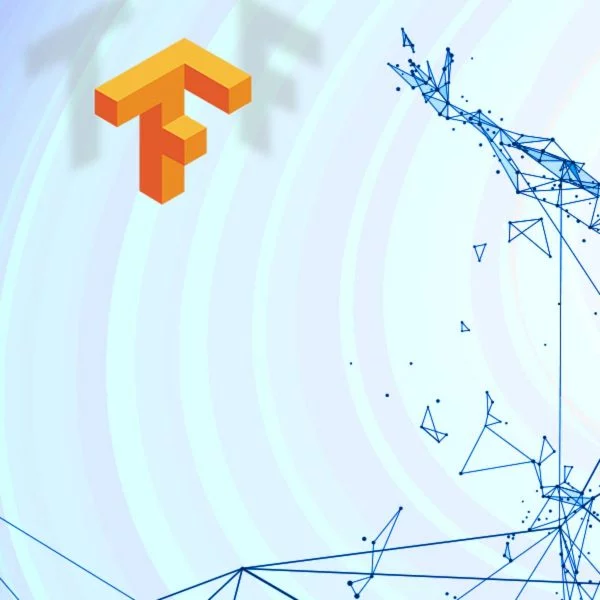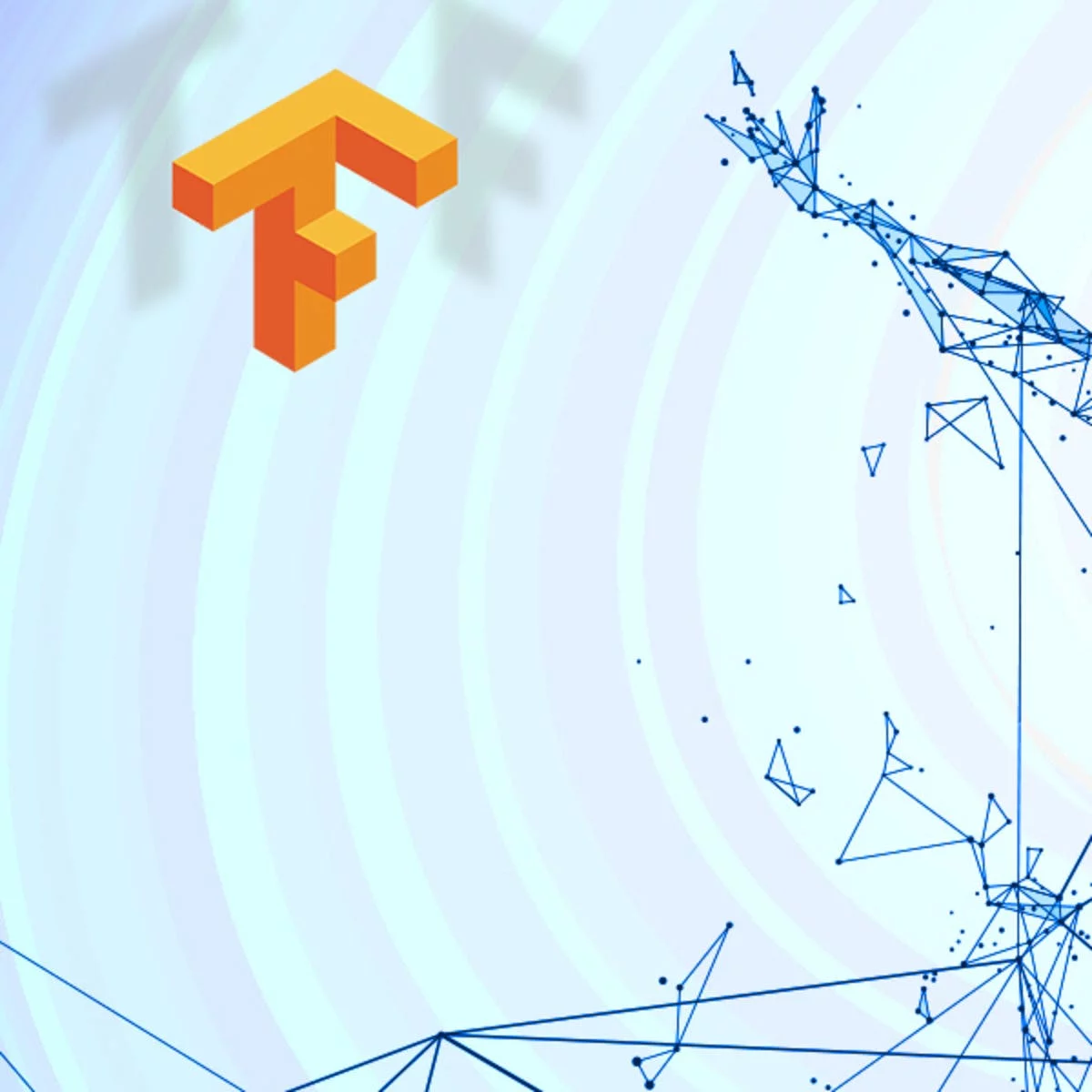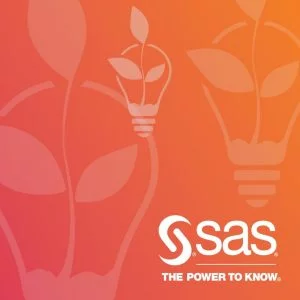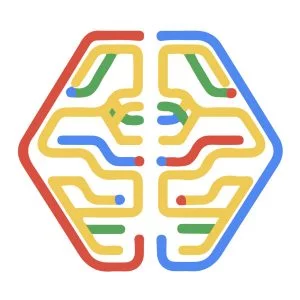
Building Deep Learning Models with TensorFlow
FREE
The majority of data in the world is unlabeled and unstructured. Shallow neural networks cannot easily capture relevant structure in, for instance, images, sound, and textual data. Deep networks are capable of discovering hidden structures within this type of data. In this course you’ll use TensorFlow library to apply deep learning to different data types in order to solve real world problems. Learning Outcomes: After completing this course, learners will be able to: – explain foundational TensorFlow concepts such as the main functions, operations and the execution pipelines. – describe how TensorFlow can be used in curve fitting, regression, classification and minimization of error functions. – understand different types of Deep Architectures, such as Convolutional Networks, Recurrent Networks and Autoencoders. – apply TensorFlow for backpropagation to tune the weights and biases while the Neural Networks are being trained. IBM offers a wide range of technology and consulting services; a broad portfolio of middleware for collaboration, predictive analytics, software development and systems management; and the world’s most advanced servers and supercomputers. Utilizing its business consulting, technology and R&D expertise, IBM helps clients become “smarter” as the planet becomes more digitally interconnected. IBM invests more than $6 billion a year in R&D, just completing …
Instructor Details
Courses : 7
Specification: Building Deep Learning Models with TensorFlow
|
31 reviews for Building Deep Learning Models with TensorFlow
Add a review Cancel reply
This site uses Akismet to reduce spam. Learn how your comment data is processed.

| Price | Free |
|---|---|
| Provider | |
| Duration | 8 hours |
| Year | 2019 |
| Level | Intermediate |
| Language | English |
| Certificate | Yes |
| Quizzes | Yes |

FREE






Lam C V D –
course needed to be updated for labs. Now Google moved to Tensorflow 2.0 this year.
Shinhoo K –
The codes need to be updated for TensorFlow 2.0.
Tony H –
Mostly trivial quiz questions and no graded practical work. The certificate is therefore not worth very much.
Martin K –
Good content. A bit too fast on some complex concepts and missing audio for the last lecture but great lecturer.
Renan B F –
Material from the last 2 weeks aren’t comparable to other weeks.
RuoxinLi –
some audios are missing
Phillip R –
needs to be updated for tensorflow 2 and the last videos were missing sound
James R –
I liked the course; however, there was no sound or transcripts for the last week of the course. This required me to research all the topics that I saw on the screen. Still a good learning experience but put more responsibility on me to learn the topics.
Nopthakorn K –
Week 5 lecture video no audio Lab is not update for tensorflow 2
Oliver M –
Lack of content, quizzes were poor, no sound or transcript on 2 videos. Took about 2 hours total.
Pietro D –
Very clear explanation and well organized course. I give 4 stars because videos of Week 5 are missing the audio and subtitles.
Mpho c –
no audio in the last learning unit 5.
Tristan S –
This course is a joke. It’s a brief overview of a few types of models. Also there is no sound in half the videos.
Theodore G –
This course is incomplete, and is NOT recommended. It uses Tensorflow 1, which is outdated now should be updated to use Tensorflow 2. It does not provide practice sessions. Week 5 Autoencoder have no audio, no captions, nothing. There is no final exam to ensure our competence. No labs we need to be graded on. This is not a worthy Coursera course. It needs to be withdrawn and updated.
Farrukh N A –
First of all it was too complex, unlike the course on PyTorch which focused on both Theory + Practical part. It focus only on theory.
Gherbi H –
The Course was more about the the types of neural networks and how they work than Tensorflow, except for week 1 where we had a Tensorflow introduction, I could gather a lot from the programming assignments but I think there needs to be more about the Tensorflow library in the lectures.
John R H A –
Teaches more on Deep Learning models but less in TensorFlow
Jesus M G G –
Videos are good, but the code is more complex than other courses and it needs better description of what is happening, or less complicated code
charles l –
Overall good course but lectures were a bit weak on underlying math, compared to labs which made it a challenging at times to tie the two parts together.
Eric –
Way too short in terms of the amount of content
Benhur O J –
Too focus in coding but not in the underlying concepts and how to use the libraries.
Konrad A B –
It is ok
Shashi A –
It helped me to understand how TensorFlow can be used to build the neural networks
Yong S –
I found the practice notebooks of this course to be lacking due to two reasons: 1) The notebook links are broken, resulting in my not being able to complete them. 2) The notebooks do not have practice sections where we could code ourselves following the examples given.
Jochen G –
Interesting view on tensor flow, but gap between labs and videos is quite big.
Lee Y Y –
Simple and easy to follow course for a hard core python package
Carlos F C d S e S –
It’s a great opportunity to really learn about Deep Learning with Tensorflow!
Wei J ( T –
I am not sure if no final assessment is a good idea. For the depth of the course it can possibly a major graduation killer but for practical reason you should put that back so people get to be serious with this course.
Tim d Z –
Very informative, could use some more room for practice.
Armen M –
Thank you. thought it’s could be more deeper
Michael S –
Very interesting material, and easy to follow along. The notebooks are a great resource. I am glad to have been introduced to these concepts. However, I felt this course was too easy and it did not encourage the student to complete projects or any independent work. In any case, this course was worth taking.